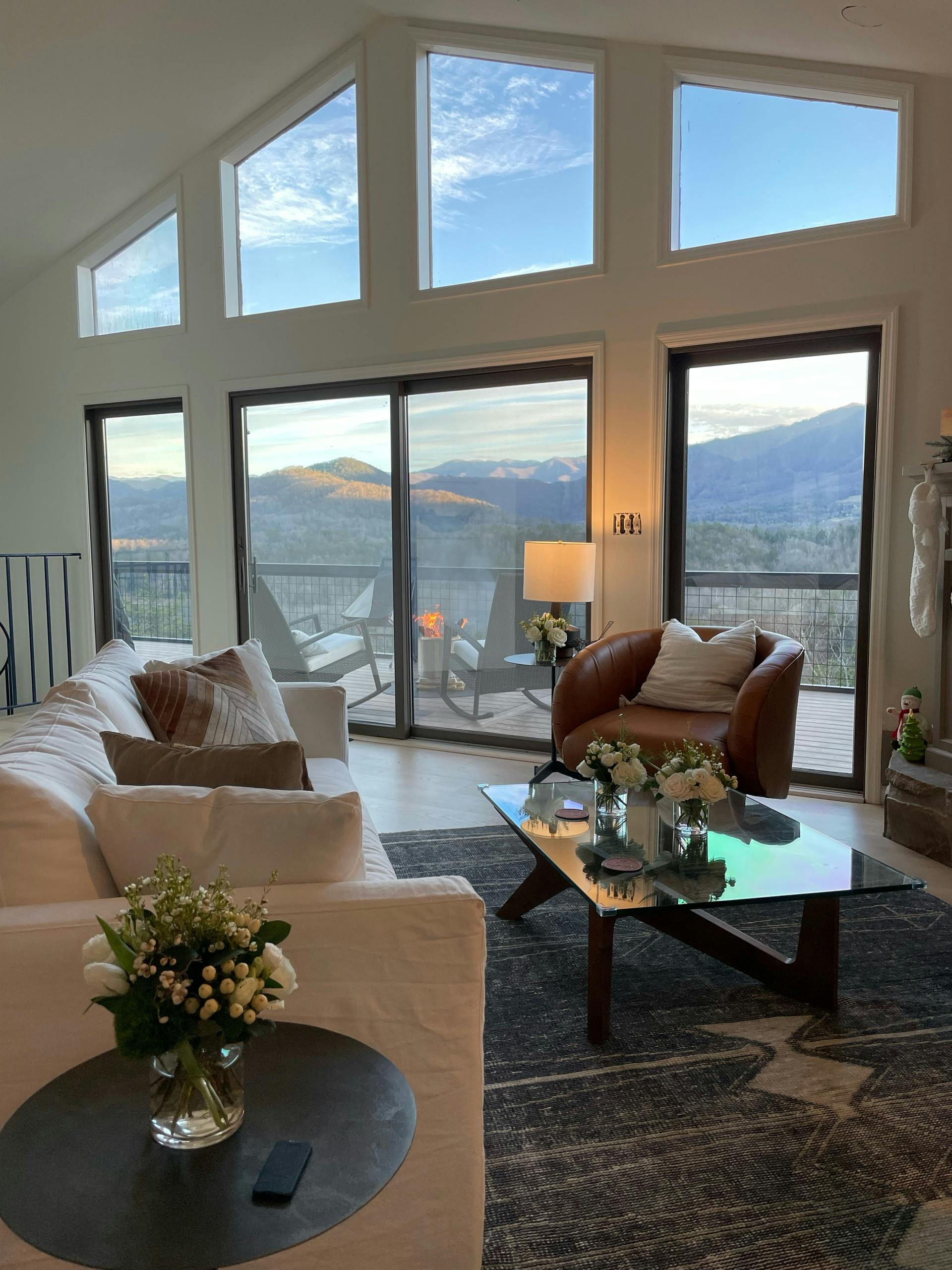How to see America’s favorite national parks
What if visiting Yellowstone or Yosemite or the Great Smoky Mountains was not only easier and more affordable, but (even) more special? Kindred house swaps make it possible.
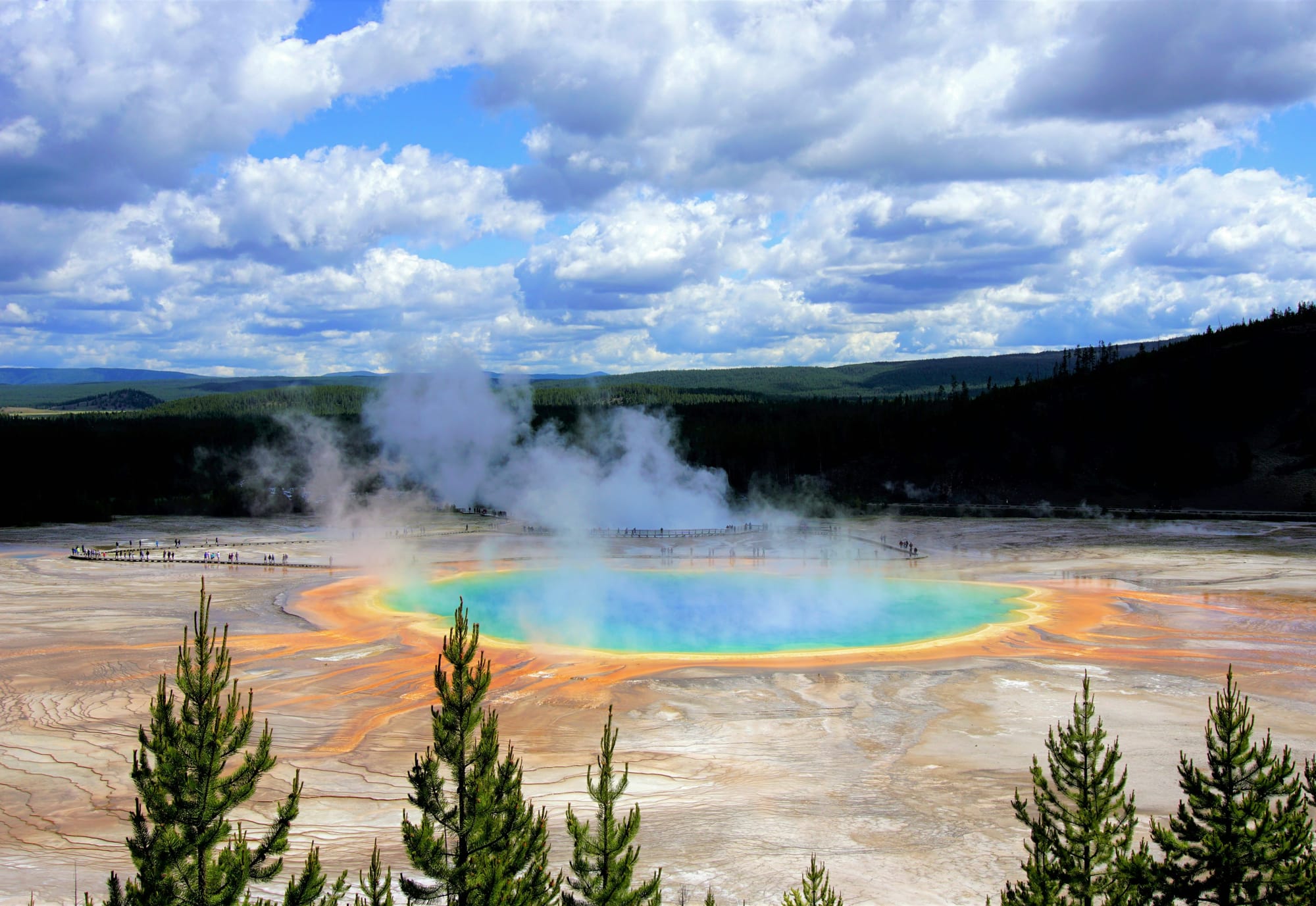
National parks: They’re our shared religion, our big backyard, our best idea. From Acadia’s Atlantic sunrises to the steam-breathing earth of Yellowstone, from lava fields in Hawai‘i to the granite walls of Yosemite, the parks somehow always overdeliver. Even when your expectations are set at 14,505 feet (shoutout Mount Whitney). Even when you think you’ve seen it all. Step into the Great Smokies under that blue-purple haze and try not to feel a lump in your throat. Go ahead. Try.
The problem, of course, is that everyone else feels the same. Which means… summer crowds, long lines, months-ahead reservations, and prices that sting. Campsites are elusive. Hotels get booked out by people who plan way too far in advance. And don’t even get us started on the short-term rental surge. Meanwhile, the National Park Service is doing its best with fewer rangers than ever. It’s a perfect storm of pent-up demand and limited supply. But here’s the thing: You don’t have to play that game.
With Kindred, you can skip the lottery system, the six tabs open on your browser, the over-packed minivan stress. Because the best basecamp might be a real home nearby, one shared by a fellow member who gets why you’d rather spend your morning on a trail than in a check-in line.We rounded up five incredible Kindred homes near five iconic parks just waiting for your boots, your backpack, and your awe. Take a look, and see where the trail takes you. And if “America the Beautiful” starts playing in your head... just roll with it.
Hawaii Volcanoes National Park, Hawaii Island
Why you should visit: Kīlauea, one of the world’s most active volcanoes, has been putting on an extraordinary show this year, blasting lava fountains 1,000 feet into the sky. More than 25 volcanic episodes have taken place since the volcano first started erupting last December.
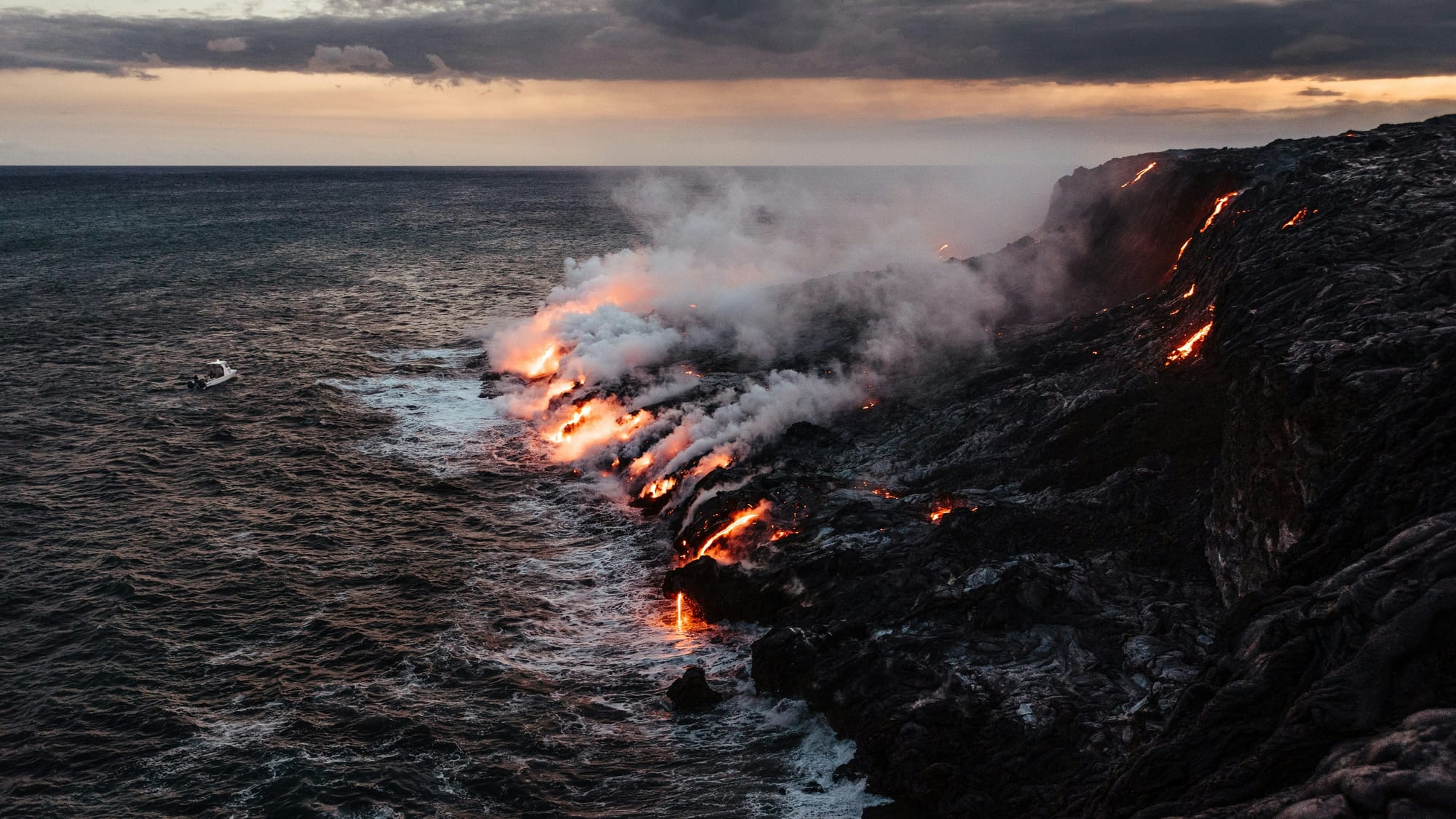
What you’ll do: With Kīlauea Visitor Center currently closed for renovations, a temporary Welcome Center is located just beyond the park entrance at Kīlauea Military Camp. Pop in to take advantage of free ranger-led educational treks and programs offered nearly every day. The Crater Rim Drive, a 10.6-mile road that circles Kīlauea Caldera, shows off the park’s main attractions and has designated spots to view the current eruption including the Kīlauea and Keanakākoʻi Overlooks. More than 150 miles of trails wind through otherworldly landscapes of primal lava fields, steaming vents, and craggy coastline. Birdwatchers can spot endemic species like the iiwi (scarlet honeycreeper) and elepaio (monarch flycatcher) on the 1.2-mile Kipukapualulu Trail loop. The 1.4-mile roundtrip Pu‘u Loa trail traverses a half-century-old lava field that leads to one of the largest petroglyph fields in Hawaii.
Where to eat: Kīlauea Lodge & Restaurant, located in Volcano Village, serves a fantastic brunch. Try the volcano loco, their upscale riff on the humble and hearty Hawaiian breakfast staple, loco moco. Vegetarians should head to plant-based Café Ono, located on the historic Hopper Estate in Volcano Village. Dinner reservations are required for the Rim, a seafood and steak spot located in the Volcano House hotel within the park.
The best place to stay near Hawaii Volcanoes National Park: This light-filled, three-bedroom, two-bathroom Kindred home can sleep up to six people and features cozy amenities like a deep-soaking tub, a hammock on the porch, and a wood-burning fireplace.
How much you will save with a Kindred house swap: Two nights at this home will cost you around $320. That’s less than a single night in the park’s sole lodge, Volcano House, which tends to book out at least two months in advance. Meanwhile, local B&Bs and vacation rentals are averaging $960 a night, due to high demand from lava chasers.
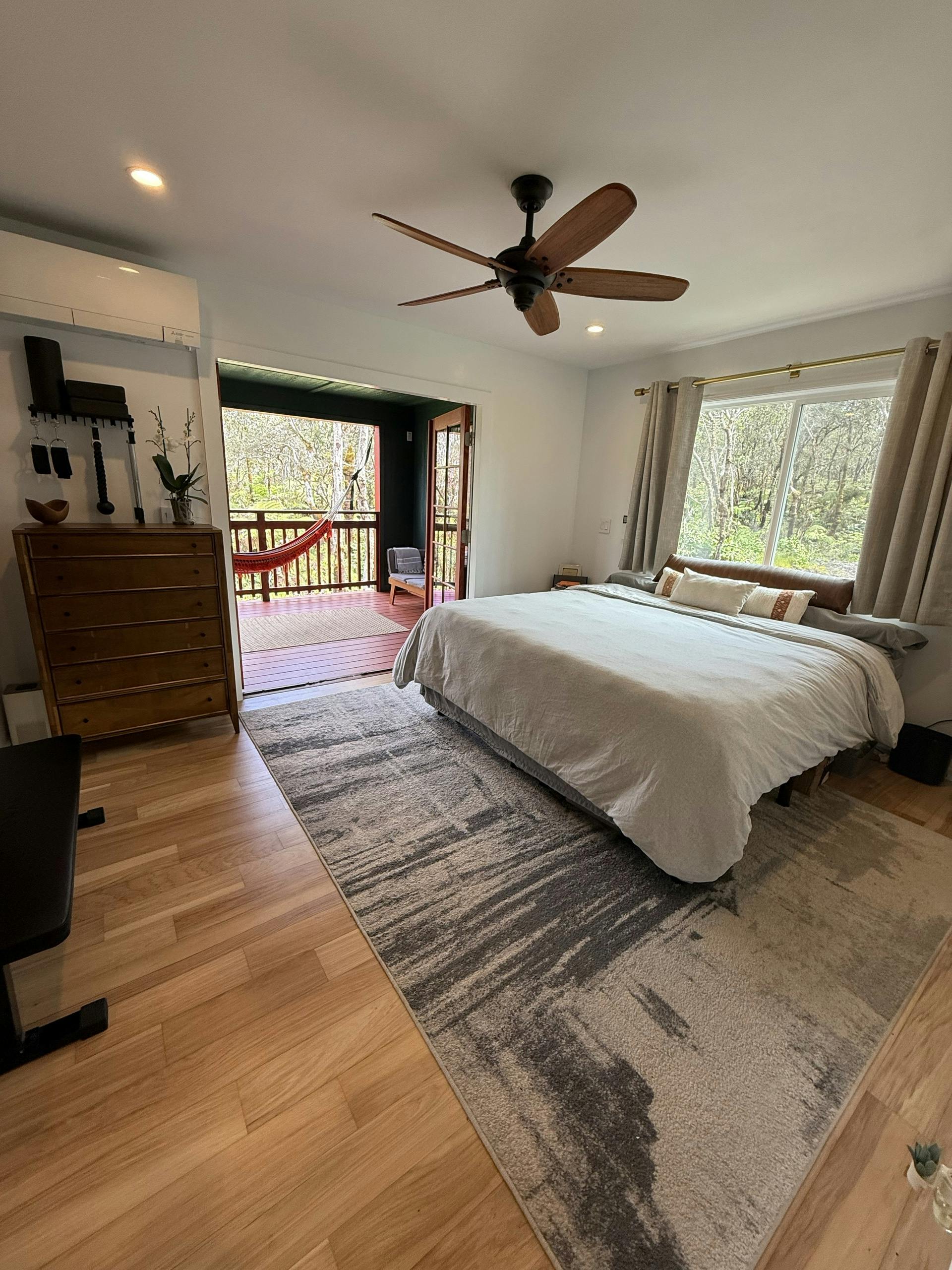
Yosemite National Park, California
Why you should visit: Teddy Roosevelt declared, “There can be nothing in the world more beautiful than Yosemite.” It’s as true today as it was back then. Nestled in California’s Sierra Nevada, Yosemite outdoes itself at every turn, from the tallest waterfall in North America (Yosemite Falls) to the the 3,593-foot granite monolith, El Capitan.
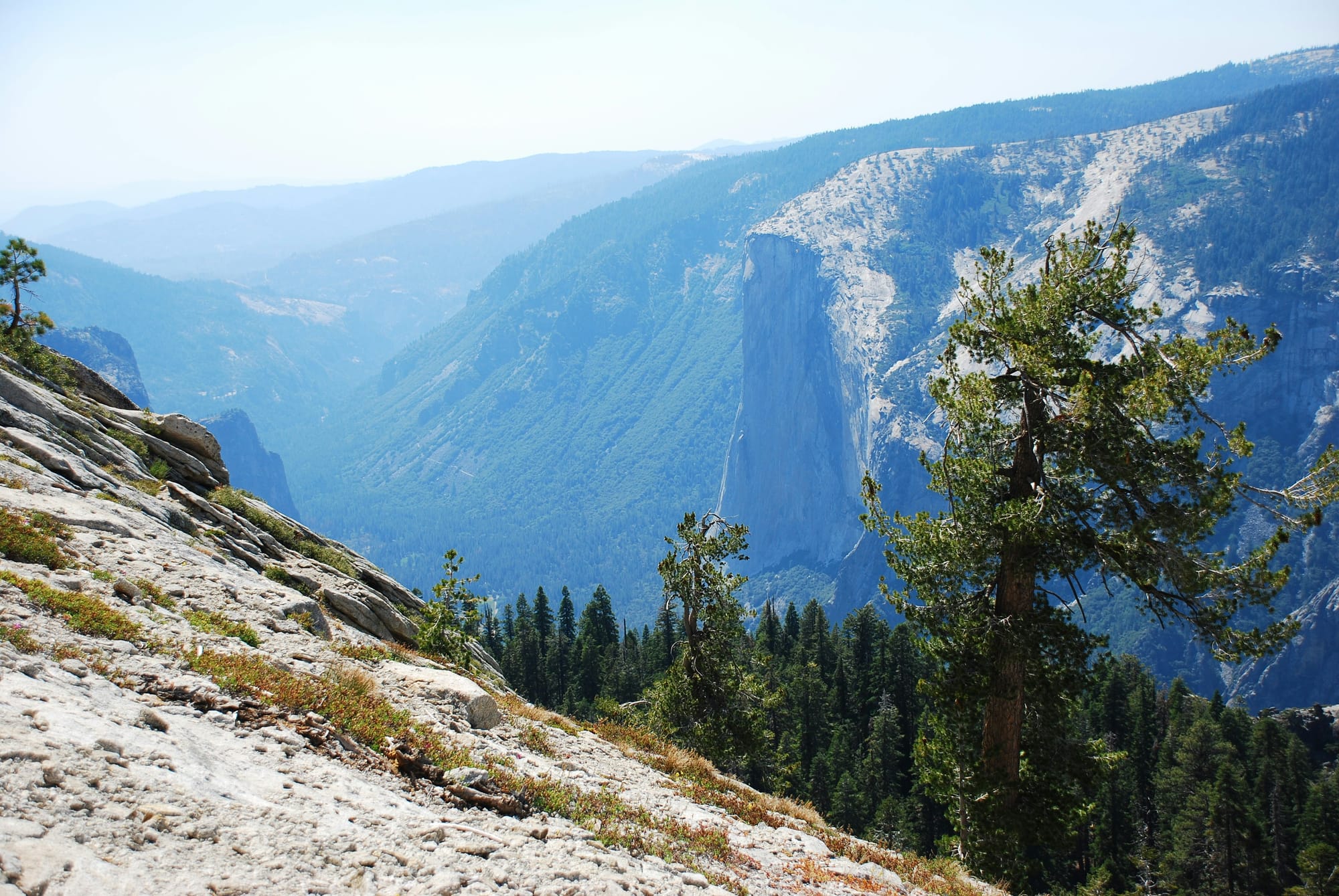
What you’ll do: The park has more than 800 miles of trails: If you can, start with Yosemite Falls Trail, which winds to the summit of North America’s tallest waterfall. The 7.2-mile round trip hike includes arduous switchbacks, but the summit grants up-close views of the falls, which cascade down 2,425 feet. For a less strenuous undertaking, the popular three-mile roundtrip Mist Trail is a stunner and meanders past Vernal Falls. A reservation is required to drive into or through the park on some days through the summer, for those driving into the park between 6am and 2pm.
Where to eat: Tuolumne Meadows Grill has a hearty breakfast burrito or burgers and hot dogs; you can order a boxed lunch 24 hours in advance. For excellent steaks and creative cocktails head to the Mountain Room, but note that tables are first-come, first-serve during peak summer months. Sunday brunch in the dining room at the historic Ahwahnee hotel features a grand spread of oysters, Eggs Benedict, and a carving station; it’s worth the splurge.
The best place to stay near Yosemite National Park: Scoring a site in one of the park’s 13 campgrounds is akin to winning the lottery, and many require reservations five months in advance. This tucked away three-bedroom, two-bathroom Kindred home feels as if it’s in the park (it’s not far from the Ahwahnee), and couldn’t be comfier, with thick Pendleton blankets on its King, Queen, and bunk beds, and a hot tub for post-hike soaking.
How much you will save with a Kindred house swap: A three-night stay at this Kindred home is around $355. That’s (at least) a third of the cost of other accommodations in the area, and half of what you’d pay for a single night at the park’s grand dame Ahwahnee hotel.
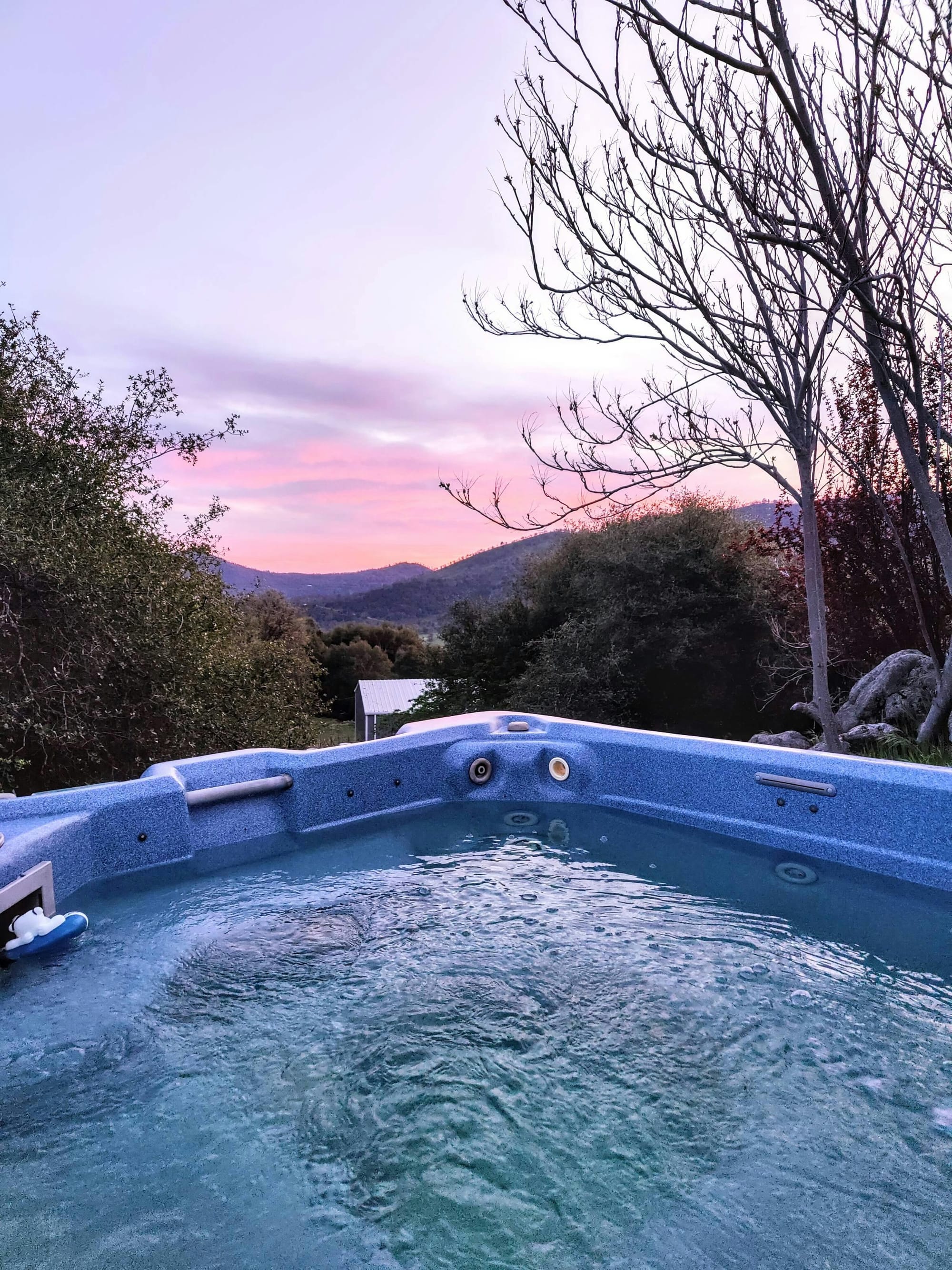
Yellowstone National Park, Montana
Why you should visit: Call it “the Yellowstone effect.” The buzz around the Montana-set television series has given America’s first national park a new allure. Three times the size of Yosemite, this massive wilderness hosts half of the world’s known hydrothermal features as well as the largest bison population on the planet.
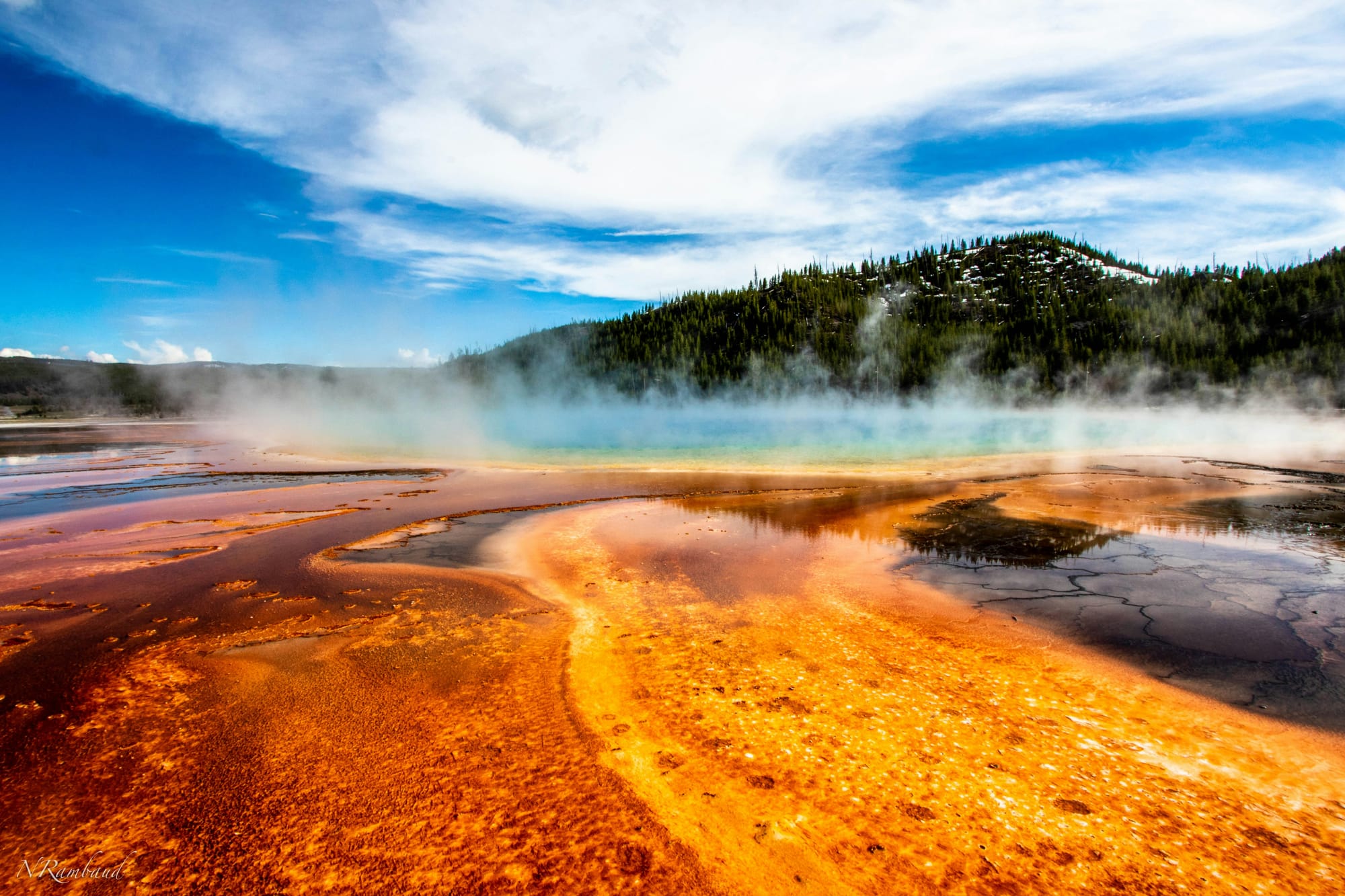
What you’ll do: Witnessing Old Faithful erupt is an essential park experience. The famous geyser’s eruptions last 90 seconds to five minutes and occur every 60 to 110 minutes (though, do check prediction times). The half-mile Fountain Paint Pot boardwalk showcases bubbling mud pots and steaming fumaroles. Backcountry Safaris provides biologist guides on its full-day tours of the park’s upper and lower loops and also offers half- and full-day guided hikes.
Where to eat: After watching Old Faithful blow, head to the historic Old Faithful Inn for an Old Western buffet spread of bison bratwurst and battered walleye. The floor-to-ceiling windows of the Mammoth Hotel dining room allows diners to ogle bison and elk as they lunch on pork belly bahn mi and parmesan truffle fries. In Big Sky, grab dinner at farm-to-table restaurant Horn & Cantle.
The best place to stay near Yellowstone National Park: A huge kitchen and tall living room anchored by a stone fireplace makes this three-bedroom Kindred home in picturesque Big Sky ideal for families.
How much you will save with a Kindred house swap: A week-long stay at this Kindred home in Big Sky will cost you around $545, about half what you’d spend on basic, non-luxury accommodations in the area.
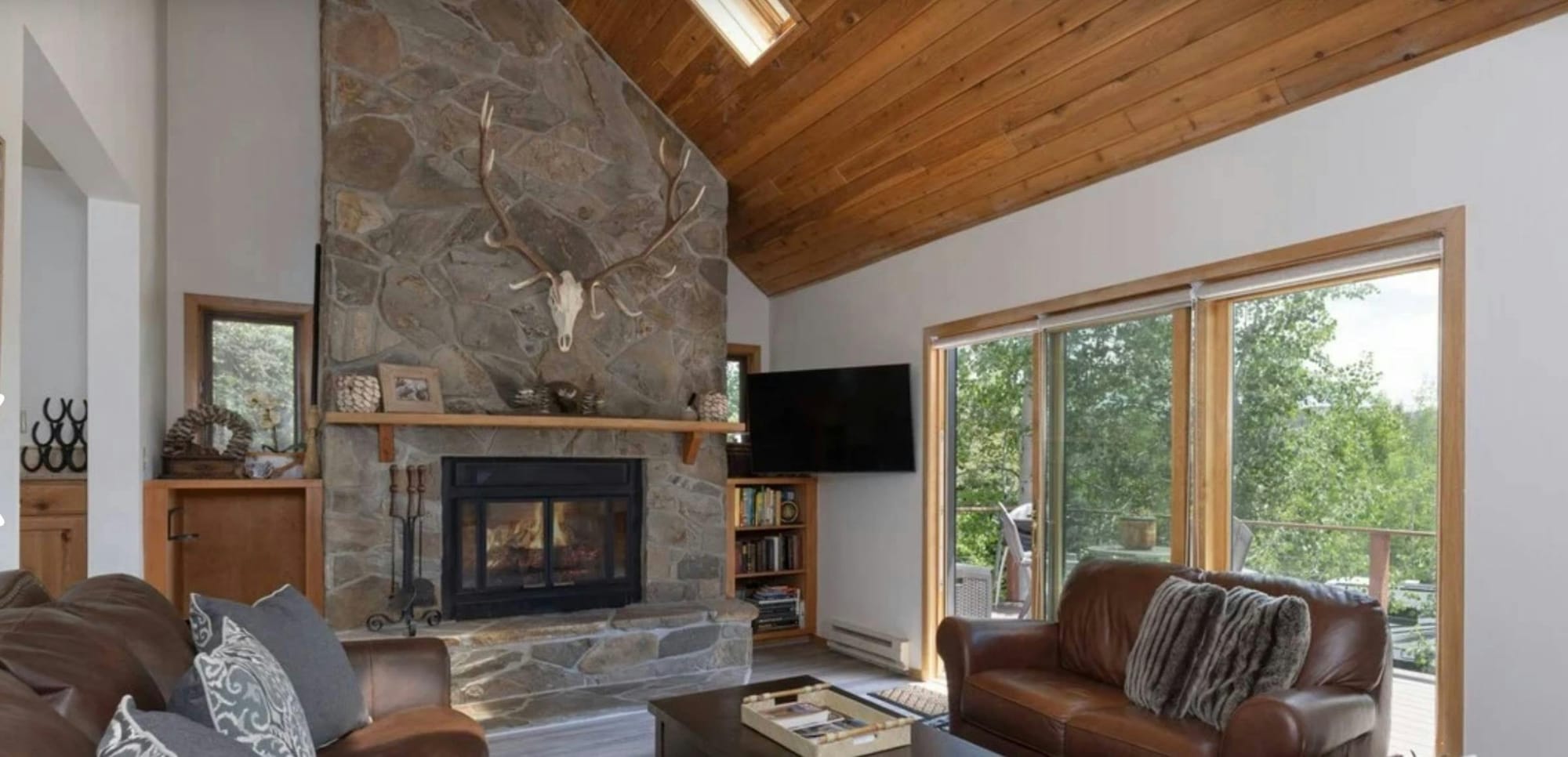
Acadia National Park, Maine
Why you should visit: Nicknamed the “Crown Jewel of the North Atlantic Coast,” Acadia is a treasure trove of craggy coastline, picturesque hiking trails, weathered lighthouses, and incredible birdlife.
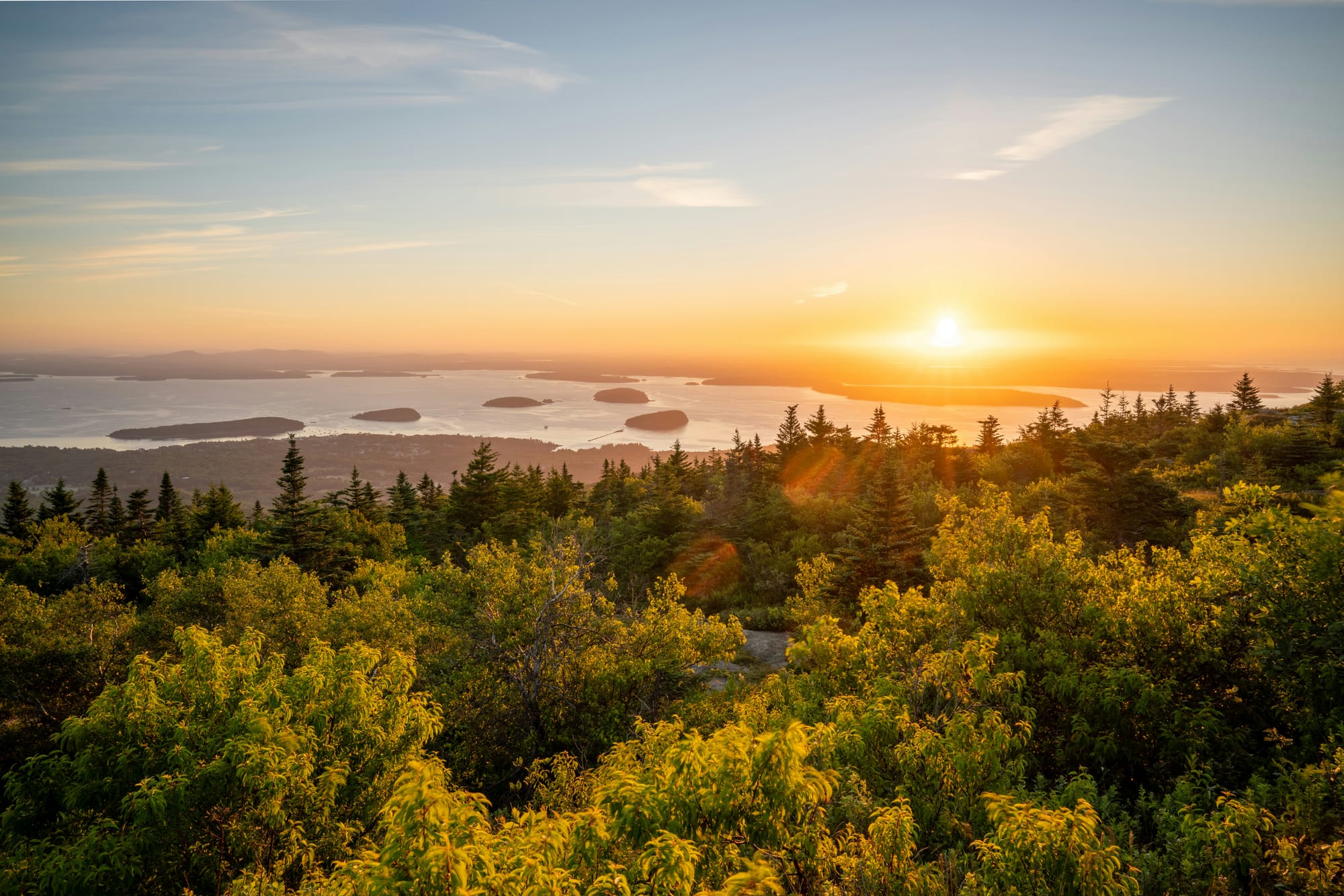
What you’ll do: The park encompasses nearly half of Mount Desert Island. Drive the 27-mile, one-way Park Loop Road to see the eastern side of the island, including attractions like Jordan Pond and Sand Beach. More than 45 miles of car-free, gravel carriage roads gifted by John D. Rockefeller Jr. are perfect for e-biking. Island Time E-Bike Rentals will deliver bikes to Hulls Cove Visitor Center in the park. Book a vehicle reservation well in advance if you want to be among the first people in the country to celebrate the sunrise from Cadillac Mountain, and dress warm, as the summit gets chilly.
Where to eat: Jordan Pond House, known for its popovers, is the only restaurant in the park. Pack a picnic with gourmet sandwiches from Mount Desert Bakery. Decide for yourself who makes the best lobster roll on a crawl that hits Frenchman Bay Lobster Rolls, C-Ray Lobster, and the Travelin’ Lobster.
The best place to stay near Acadia National Park: This modern, light-filled Kindred home in the charming gateway town of Bar Harbor has stunning mountain views and can sleep up to seven guests between three rooms.
How much you will save with a Kindred house swap: During peak summer and fall months, a week-long stay around Bar Harbor averages $1,635. You’ll pay about a third of that when you house swap with Kindred for a week, and you’ll be able to stay with the whole family comfortably.
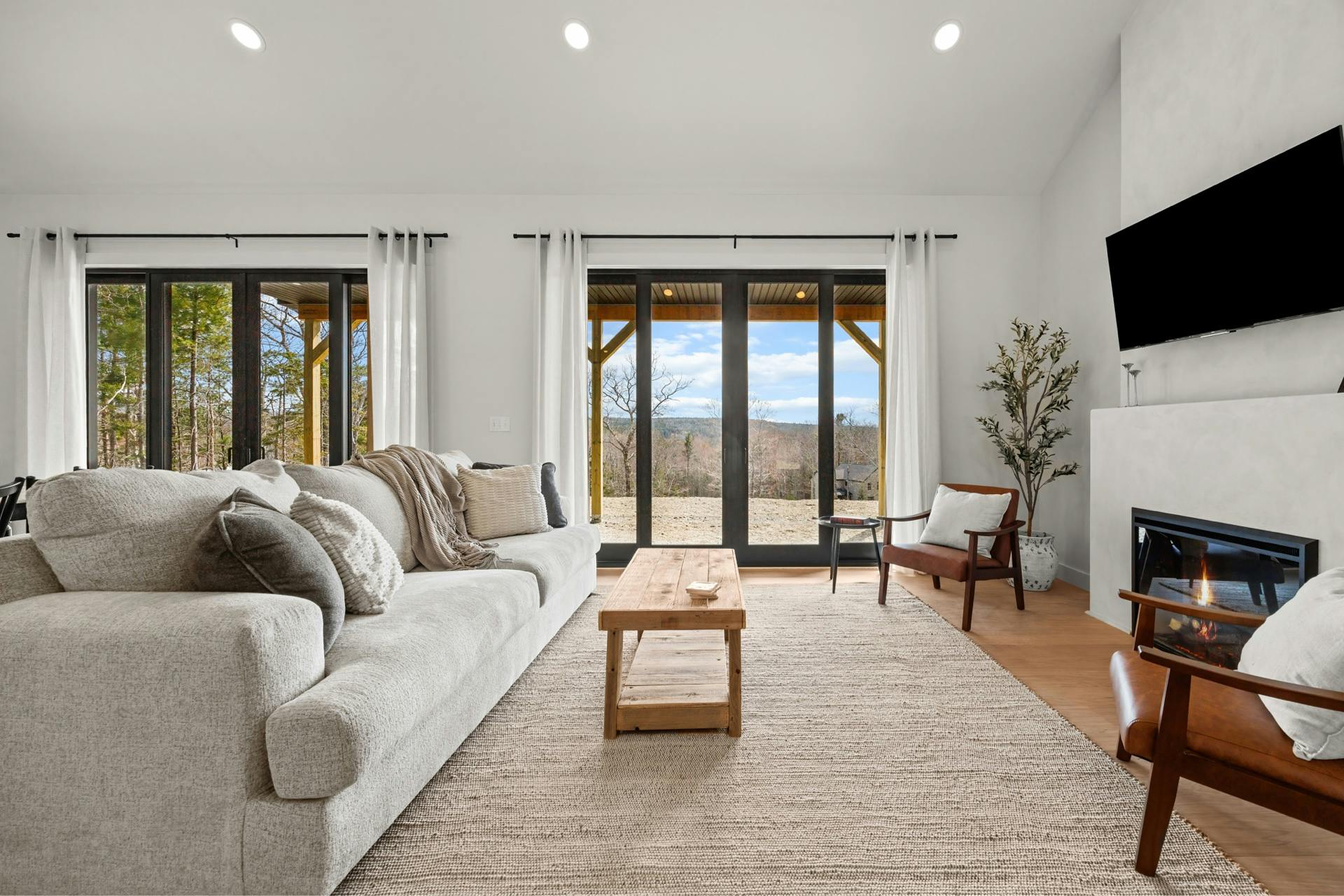
Great Smoky Mountains National Park, Tennessee
Why you should visit: The Great Smoky Mountains welcomed more than 12 million tourists last year, making it America’s most-visited national park. And for good reason. Tucked inside its sprawling 522,419 acres are some of the highest peaks in the eastern United States, epic hiking trails, gorgeous drives, and 1,500 kinds of wildflowers, earning it the nickname, “the Wildflower National Park.”

What you’ll do: Coordinate a visit to overlap with annual park events like the Spring Wildflower Pilgrimage or the Music of the Mountains Festival, which celebrates the rich musical heritage of the Southern Appalachians. Drive the paved high-elevation pass that takes in Newfound Gap and Kuwohi (formerly Clingmans Dome) and connects the North Carolina and Tennessee sides of the park via Newfound Gap Road/US 441 for pull-over-and-snap-a-picture views. Hikers will find more than 800 miles of trails, including a section of the Appalachian Trail. Flower fanatics can tackle designated wildflower hikes, like the four-mile roundtrip School House Gap Trail.
Where to eat: Visitor centers within the park have limited options for snacks and drinks. Peaceful Side Social is a casual lunch and dinner spot in the gateway town of Townsend with an onsite brewery and creamery (try a scoop of S’mores in the Smokies in a house-made waffle cone). Fuel your adventures with avocado toast and a latte from Towns End Coffee + Shop.
The best place to stay near Great Smoky Mountains National Park: You can admire sweeping views of the misty purple mountains majesty from an Adirondack chair on the porch of this four-bedroom, three-bathroom Kindred home (with a game room and a gym!) located in Townsend.
How much you will save with a Kindred house swap: A two-night stay at this lovely Kindred home costs around $420. You’d spend three times more on other accommodations in the area.
